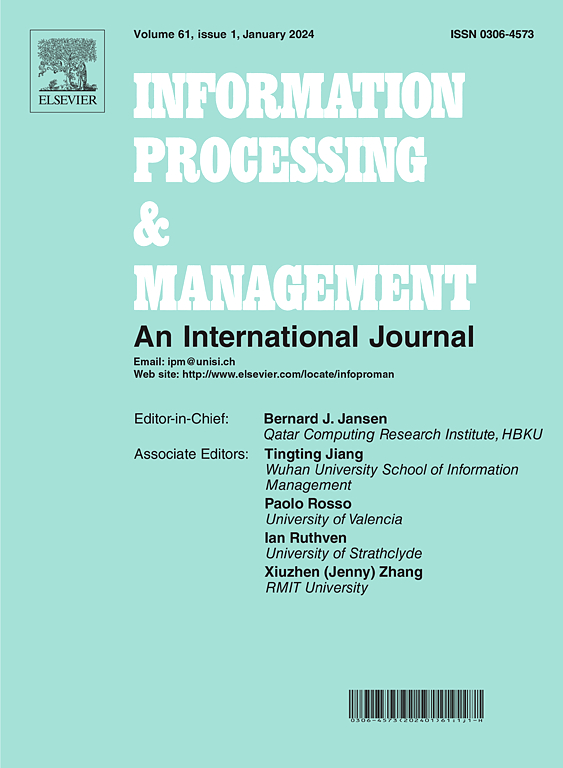Risk-sensitive optimization of neural deep learning ranking models with applications in ad-hoc retrieval and recommender systems
IF 7.4
1区 管理学
Q1 COMPUTER SCIENCE, INFORMATION SYSTEMS
引用次数: 0
Abstract
We answer open research questions regarding the (hard) problem of incorporating risk-sensitiveness measures into Deep Neural Networks for ranking models of retrieval and recommender systems. Risk-sensitive measures are important for controlling the bias towards the average when optimizing ranking solutions’ effectiveness. In previous work, we proposed the RiskLoss function which presents two important adaptations for neural network ranking in ad-hoc retrieval: a differentiable loss function and the use of networks’ sub-portions, obtained via dropout, as baseline systems for optimizing risk sensitiveness. However, questions remained to be answered regarding the generality, cost, and applicability of our solution. In this article, we respond to these questions by (i) applying RiskLoss to ranking in recommender systems, (ii) analyzing the execution cost of RiskLoss and (iii) providing an experimental evaluation of RiskLoss’ resilience to overfitting. Our experiments, comparing seven loss functions on three benchmark recommendation datasets (AIV, ML35M, ML25M, ML100K and ML1M) and four Learning To Rank datasets (WEB30K, WEB10K, YAHOO and MQ2007), with thousands to millions of interactions, reveal that RiskLoss presents the most consistent risk sensitiveness behavior, with gains up to 4.5% in GeoRisk@10 without significant losses in effectiveness. In particular, RiskLoss can reduce the number of bad recommendations by over 11% for “hard to recommend” users. We also show that RiskLoss is not much affected by overfitting.
求助全文
约1分钟内获得全文
求助全文
来源期刊

Information Processing & Management
工程技术-计算机:信息系统
CiteScore
17.00
自引率
11.60%
发文量
276
审稿时长
39 days
期刊介绍:
Information Processing and Management is dedicated to publishing cutting-edge original research at the convergence of computing and information science. Our scope encompasses theory, methods, and applications across various domains, including advertising, business, health, information science, information technology marketing, and social computing.
We aim to cater to the interests of both primary researchers and practitioners by offering an effective platform for the timely dissemination of advanced and topical issues in this interdisciplinary field. The journal places particular emphasis on original research articles, research survey articles, research method articles, and articles addressing critical applications of research. Join us in advancing knowledge and innovation at the intersection of computing and information science.
 求助内容:
求助内容: 应助结果提醒方式:
应助结果提醒方式:


